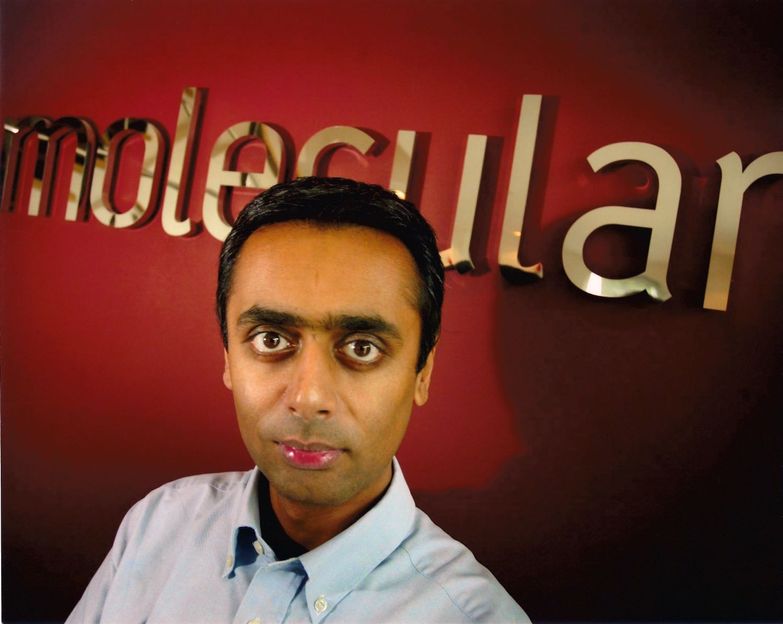Illumina To Conduct Large-Scale Genotyping For Uk-Based Research Groups Studying Molecular Basis Of Prostate Cancer
llumina, Inc. announced that it has signed a genotyping services agreement to support prostate cancer researchers funded by Cancer Research UK. Under the terms of the agreement, valued at nearly $7 million, Illumina's service group will conduct whole-genome genotyping (>550,000 single nucleotide polymorphisms, or SNPs, per sample) for at least 4,000 well-classified prostate patients and controls. A second phase will involve development of a custom, 12-sample BeadChip that will enable analysis of 24,000 SNPs per sample and be used to genotype at least 8,000 samples. Both phases will use Illumina's Sentrix® BeadChips and Infinium(TM) Assay with the option to employ related assay methods.
This is the second large-scale genotyping agreement signed between the two organizations in the last six months. Its structure closely follows a November 2005 agreement under which Illumina is genotyping colorectal cancer samples and controls for Cancer Research UK.
Illumina's genotyping services group will support work being driven scientifically by a collaboration comprising two Cancer Research UK-funded research groupings investigating the genetic basis of prostate cancer. One of the research groups is led by Dr. Rosalind Eeles of the Translational Cancer Genetics Team at The Institute of Cancer Research, London. The second research group will be led by Professor Douglas Easton in Cancer Research UK's Genetic Epidemiology Unit in the Strangeways Research Laboratory at the University of Cambridge. The aim of the work is to investigate the role of common genetic variation in the etiology of prostate cancer. From the work, it is hoped that it will be possible in the future to design and validate biomarkers associated with prostate cancer susceptibility and disease progression, as well as to facilitate development of improved therapeutic approaches.
Other news from the department science

Get the life science industry in your inbox
By submitting this form you agree that LUMITOS AG will send you the newsletter(s) selected above by email. Your data will not be passed on to third parties. Your data will be stored and processed in accordance with our data protection regulations. LUMITOS may contact you by email for the purpose of advertising or market and opinion surveys. You can revoke your consent at any time without giving reasons to LUMITOS AG, Ernst-Augustin-Str. 2, 12489 Berlin, Germany or by e-mail at revoke@lumitos.com with effect for the future. In addition, each email contains a link to unsubscribe from the corresponding newsletter.
More news from our other portals
Last viewed contents
Cipher reaches agreement to dismiss patent litigation in United States for CIP-Fenofibrate
Genomatix met cash-flow break-even in 2003
Breakthrough at Ark opens way to reduce side-effects and increase efficacy of anti-cancer therapies - Unique DNA-based targeting technology Scavidin halts tumour progression with one-tenth of conventional chemotherapy dose
BioFocus and Almac collaborate to offer fluorescent lifetime assays
Genentech to set up Singapore's first Microbial-Based Biopharmaceutical Manufacturing Facility - Fourth Biologics Facility in Less Than 2 Years Helps Establish Singapore as a Serious Player in Biologics Manufacturing
Arakis completes Phase I trials of AD 337 in fibromyalgia syndrome
ABRAXANE meets primary endpoint in phase 3 trial for advanced non-small cell lung cancer
Oncolytics Biotech Inc. has been granted patent for extracting virus from cell culture
Researchers identify genes linked to chemoresistance





















































